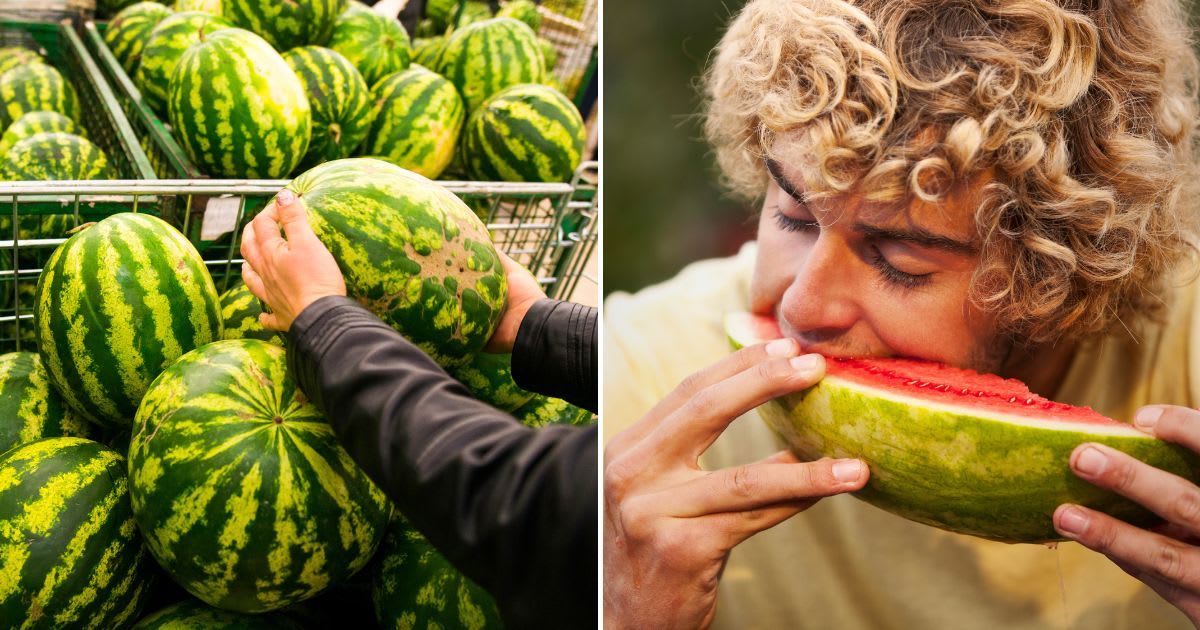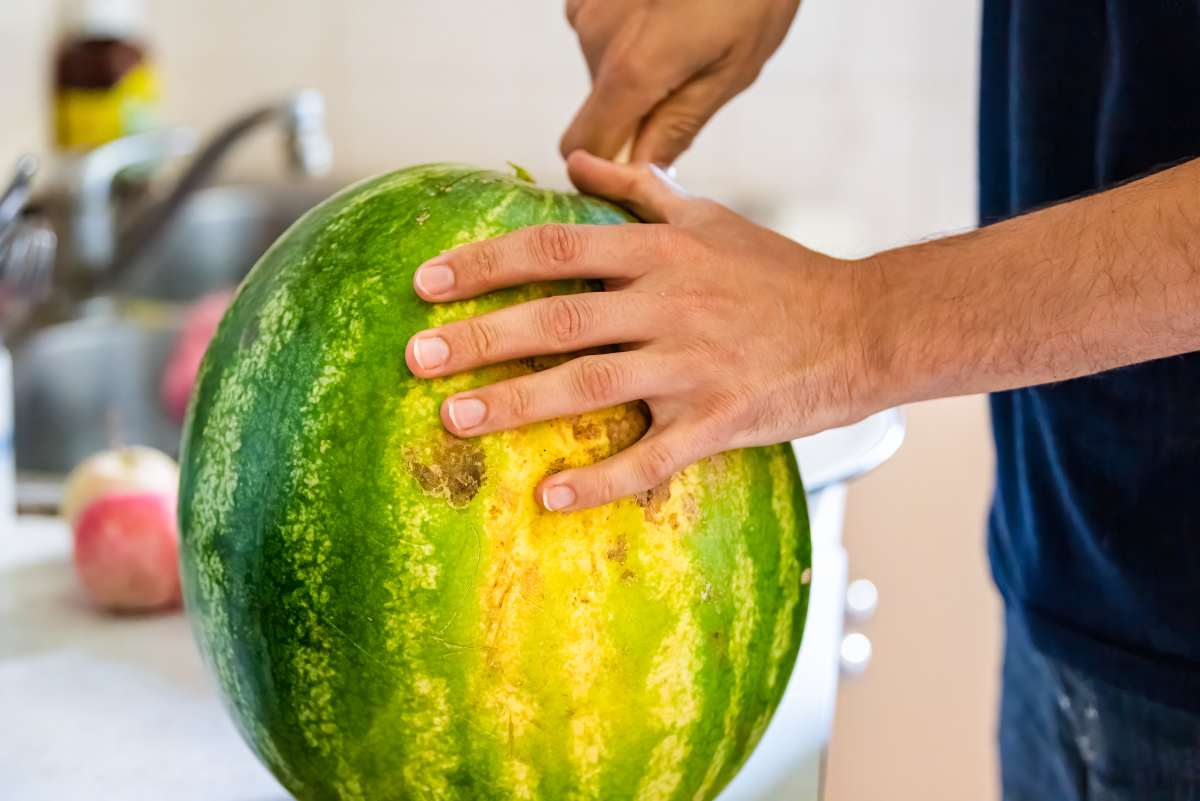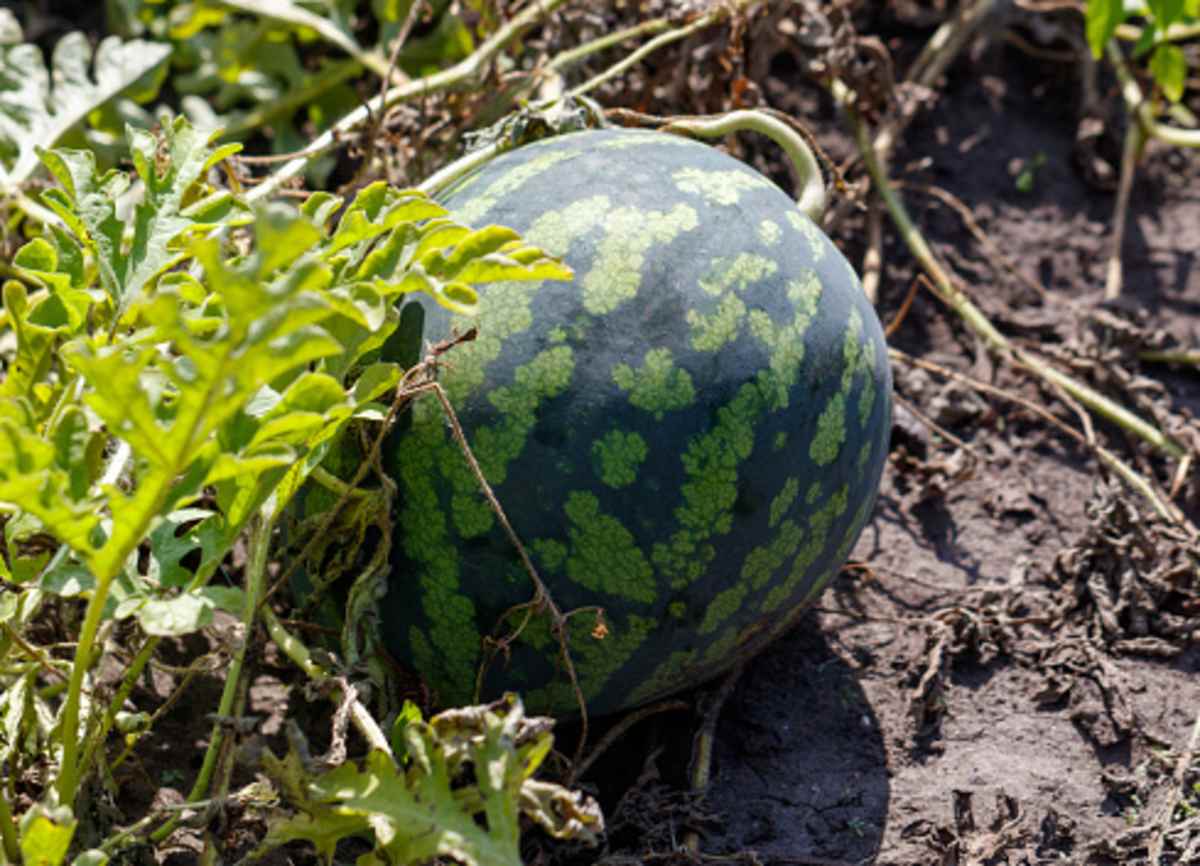Are You Picking Watermelons Based on the ‘Webbing Trick?’ Expert Reveals if It Actually Works

Daydreaming about the fresh watermelon in your fruit basket at home, only to find it was a tasteless and unripe blunder, can be devastating. Choosing the right watermelon that lives up to your expectations can be tricky, but a gardening expert has shared her take on an old myth that many gardeners swear by to pick the ripest and juiciest watermelon from the fruit pile. The watermelon webbing trick promises to get your hands on the sweetest selection by looking at the “sugar spots” or the intense webbing on a watermelon rind. However, Tammy Sons, a nursery expert, revealed how these indicators may often fog your decision and may not be fruitful on every purchase, per Den Garden.

Reality of the watermelon webbing trick
Selecting the perfect watermelon depends on a range of factors, but an age-old myth suggests that the intense webbing on a watermelon rind indicates sweetness. The brown and coarse vein-like lines on the surface are believed to be a sign of seeping sugar and peak melon growth. Therefore, simply looking for these signs can help you make the right choice. However, Sons, who is the CEO of TN Nursery, argues that this method is more of an old wives’ tale that does not guarantee ripeness. Drawing from her personal experience, she recalled having followed the webbing trick for many of her watermelon purchases but often found it useless.

“I’ve been told so many times the old myth about the webbing on the rind of a watermelon. The webbing or tan, scabby-looking scars on a watermelon are supposed to mean that it’ll be sweet,” the expert said. Eventually, she felt disappointed by the reality and advised that most “watermelon myths” are either false or only partly true. Essentially, a webbing indicates heavy pollination with sufficient bee activity in a blossom and is referred to as “sugar scars.” While it is a positive indication for the fruit, it does not guarantee sweetness. Sons did not leave people hanging and shared their take on the right indicator to look for.
The accurate indication of sweetness
Several factors weigh in to indicate whether a watermelon is ripe or tasteless. Many people like to knock on the fruit to test for a hollow deep sound, or measure the weight-to-size ratio that indicates high water content. Moreover, watermelons with irregular, elongated, or oval shapes are not favorable because they likely have poor texture and taste. Sons recommended focusing on the field spots under the melon, specifically the area that was in contact with the ground. “The field spot is a creamy yellow spot on the underside of the melon” is a potential measure of the melon’s sweetness, as it varies in color as the fruit ripens. @FoodChainTV shared tips on how to pick a sweet and juicy watermelon.

Orange and yellow field spots suggest the melon has been ripening for a fair amount of time, whereas white spots indicate an unripe melon likely to be of poor taste. It is best to complement the field spots with the hollow sound check to make sure. “Couple the field spot with a hollow, deep sound when tapped and heavy weight for the size, and you have a good bet,” Sons advised. A watermelon with a shiny rind should be avoided because it indicates the fruit is not ripe.
More on GreenMatters
Walmart Shopper Buys Watermelon That ‘Smelled Really Good’ — Then He Noticed Something Odd a Week Later
Woman Cuts Open a Watermelon, But Her Kids Refuse To Eat It Because of One Unusual Reason
Costco Shoppers Are Obsessed With a Rare Golden Fruit That Has an Unmatched Taste: ‘That’s A...’